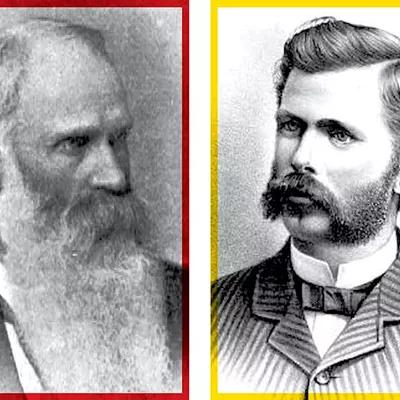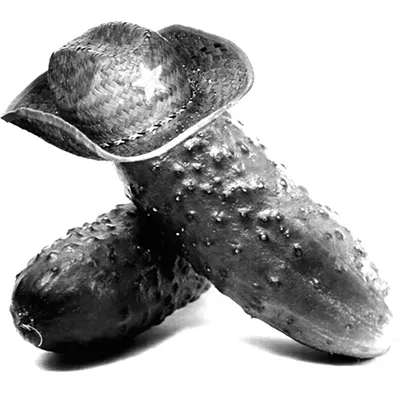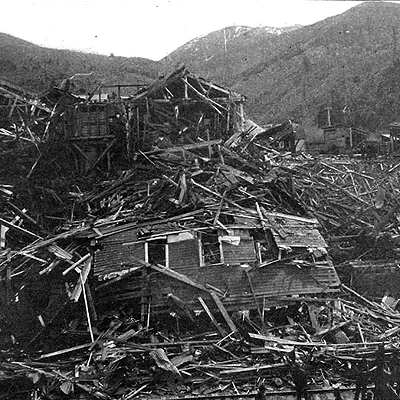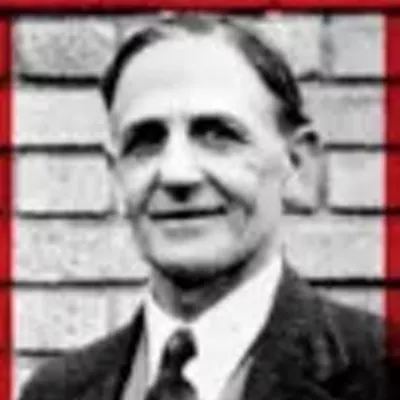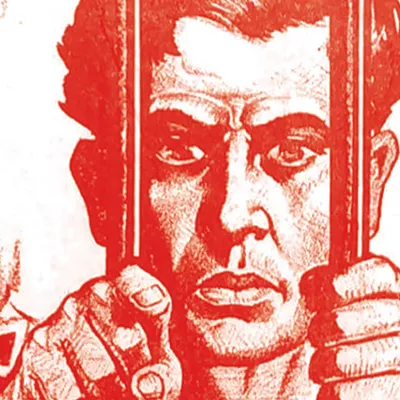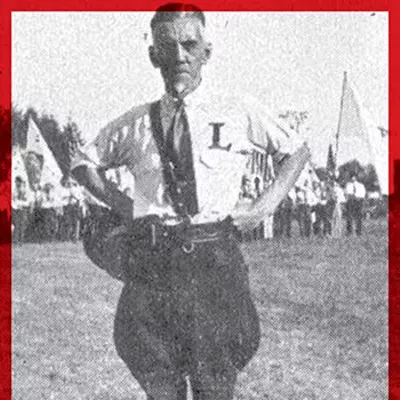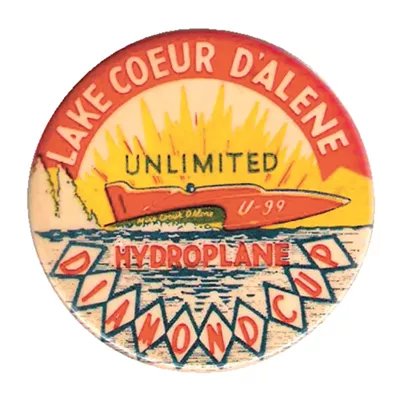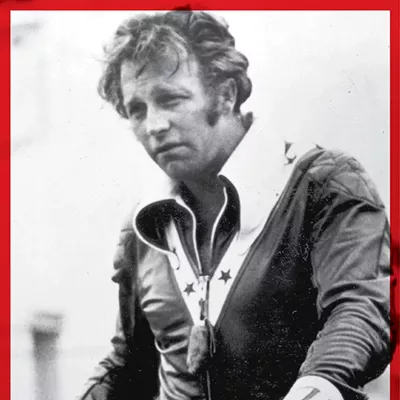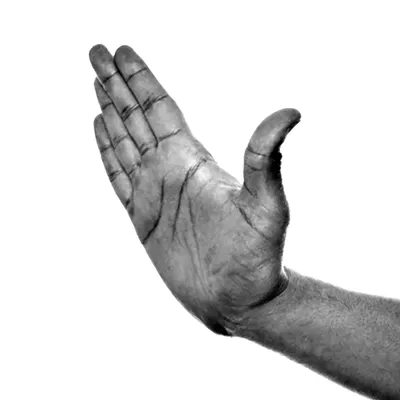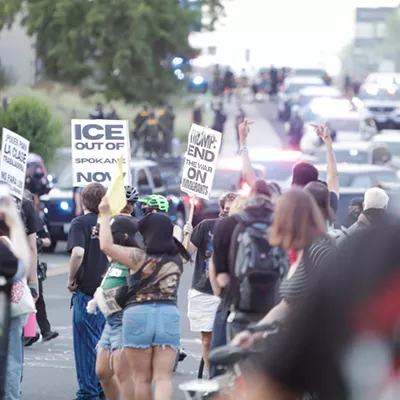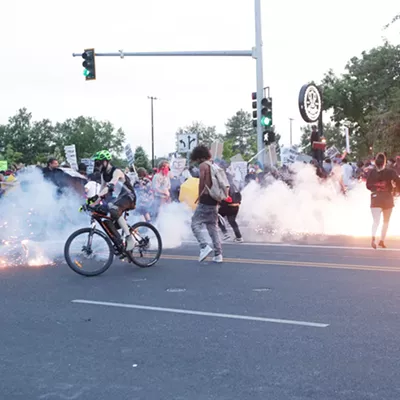In the days leading up to the May 17, 1858, battle, Colonel Edward Steptoe had driven a train of pack mules and young soldiers on horseback across the Snake River and through territory he knew had been promised to tribes in the area of what is now Eastern Washington.
They were going north to look into claims that Palouse tribe members had killed two miners near Fort Colvile, owned by the fur-trading giant Hudson's Bay Company.
Steptoe had assumed that the relatively friendly relations with the Spokane and Coeur d'Alene would hold.
He was very wrong.
By the time Steptoe left Fort Walla Walla to look for the killers, they and other tribes around the Inland Northwest were fed up, as historic documents and newspaper accounts kept by the Spokane Public Library show.
Three years had passed since they'd signed treaties, feeling forced to concede more than they'd ever wanted, but at least, they thought, securing land of their own. But miners heading north to look for gold were continuing to illegally cross their territories.
So when Steptoe passed through, the tribes weren't pleased, and they didn't believe his story.
The men were way off the road to Colville if that's where they were headed, and they were hauling howitzer cannons with them.
After the group crossed the Snake River with help from some Nez Perce, who lent them canoes, some Palouse Indians rode ahead to warn other tribes and prepare for war.
Father Joset, a Catholic missionary working with the Coeur d'Alene tribe, saw the preparations and tried to warn Steptoe of the mounting battle, and facilitate talks, but it was too late.
In the hills near present day Rosalia, the men were met by hundreds of fighters from the Spokane, Coeur d'Alene, Yakama, Walla Walla and other surrounding tribes.
The Battle of Tohotonimme was on.
For more than 10 hours the sides fired at one another. The howitzers were fairly useless and many of the tribes' fighters had the benefit of newer guns with longer range than the outdated models carried by Steptoe's men. There was little ammunition, maybe 40 bullets per man, and Steptoe had told the men to leave their sabers back at the fort.
By nightfall, weary and without water, Steptoe's men gathered on a hill, encircling their wounded and gear with their animals. With a break in the fighting, Steptoe made the call to escape.
Leaving their fires burning, the men buried the howitzers, and rode away, leaving several of their wounded for dead along the way. The Nez Perce helped them cross the Snake River to safety, and they returned to Fort Walla Walla in defeat.
It was a major victory for the tribes, and led to Steptoe's embarrassment for the remainder of his military career. But it also set up the next deadly chapter of history, as Col. George Wright took over command at Walla Walla and prepared Army forces to strike back.





